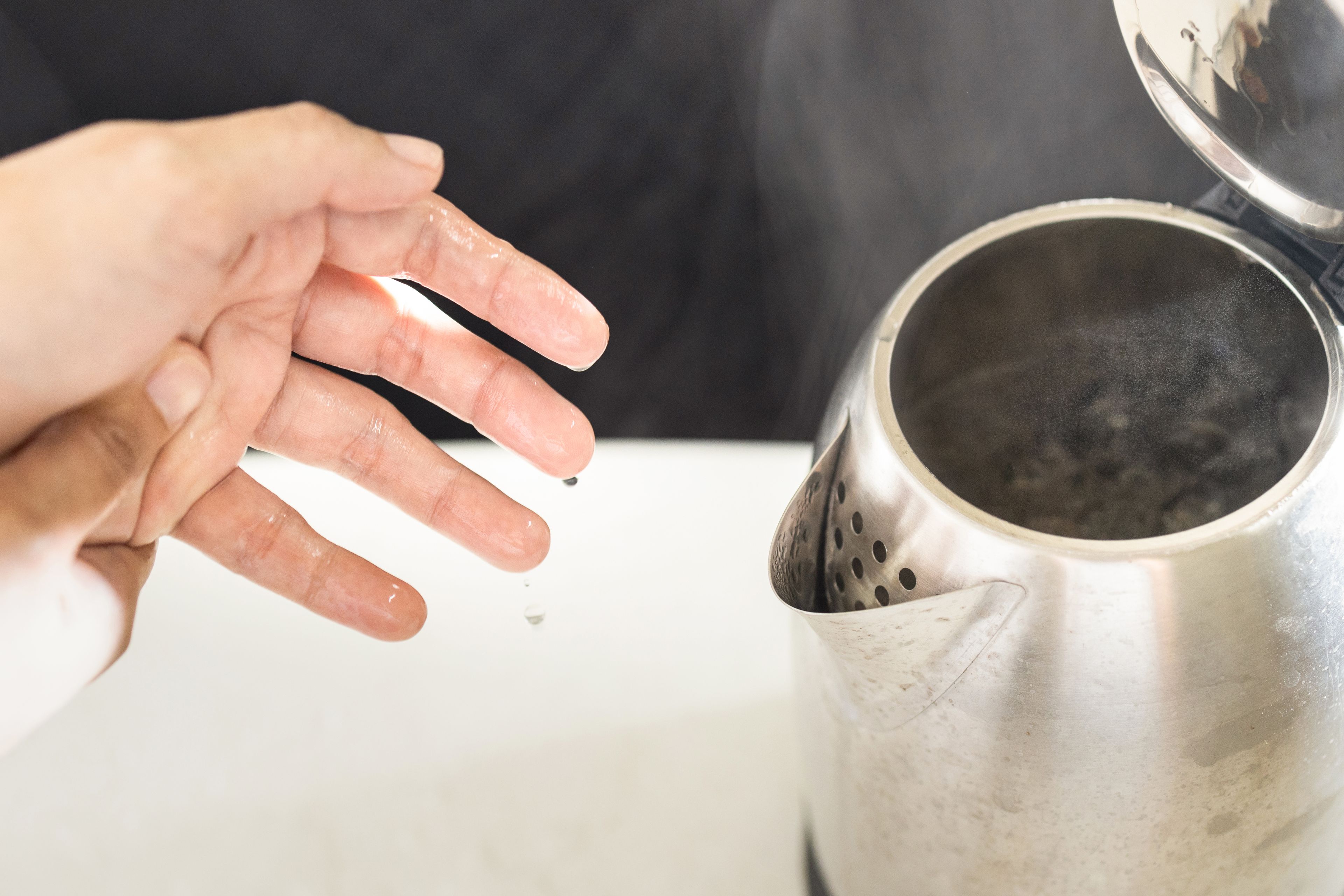
Common Types of Burns
Contact Burns
Contact burns happen when the skin touches a hot object, such as a stove, iron, or tool. These burns are common in kitchens, workshops, and households and may vary from minor to severe depending on how hot the object is and how long it touches the skin.
Find a Burn CenterFirst Aid for Minor Burns
What It Is
A contact burn is a thermal burn that occurs when the skin touches something very hot. The heat transfers quickly, damaging the outer and sometimes deeper layers of skin. These burns can happen in seconds and are especially risky for children and older adults.
Symptoms
Red, painful skin
Blisters or swelling
Skin that turns white or black in deeper burns
Peeling or open wounds
Pain at the contact site—may be intense or delayed in deep burns
Common Causes
Hot stovetops, ovens, or pans
Irons or heated hair tools
Car engines or exhaust parts
Fireplaces or space heaters
Metal tools or industrial equipment
Heated outdoor surfaces (e.g., pavement in summer)
Treatments
Cool the area right away with cool (not cold) running water for 10–20 minutes
Remove jewelry or tight clothing from the area if possible
Cover the burn with a clean, dry cloth or sterile gauze
Do not break blisters or apply greasy substances like butter or oil
Seek medical help if:
The burn is larger than a palm
It's on the face, hands, feet, or groin
The skin looks charred, leathery, or white
There’s numbness, which could mean a deeper burn
Recovery
Minor contact burns may heal with home care over 1–2 weeks
Moderate to severe burns may require:
Prescription ointments or dressings
Pain relief or antibiotics
Debridement (removal of damaged tissue)
Physical therapy if movement is affected
Scarring is possible and may need long-term care
Support
Even small burns can be painful or traumatic, especially if they limit daily tasks
Peer support groups and burn recovery networks can help with both physical and emotional healing
Mental health support can be helpful after workplace or home injuries that cause significant stress